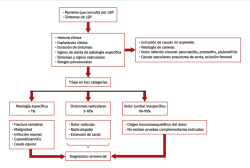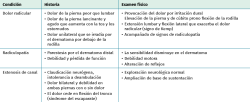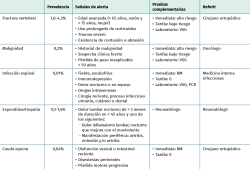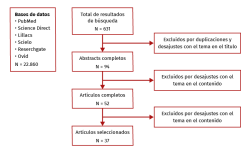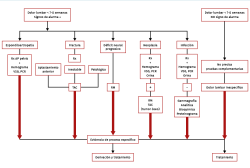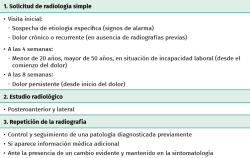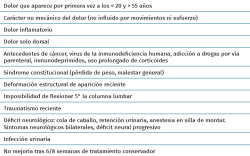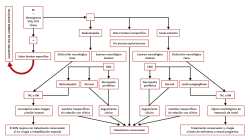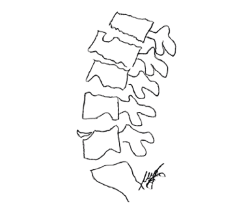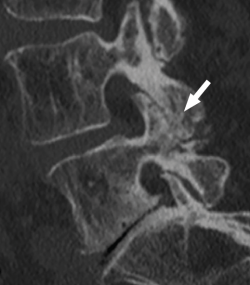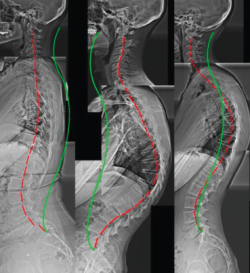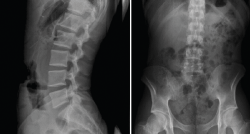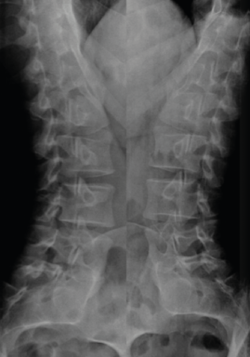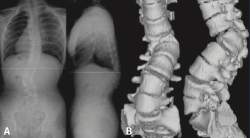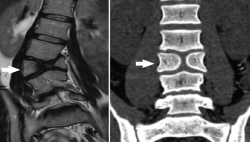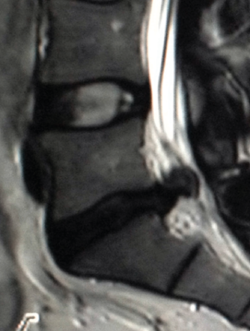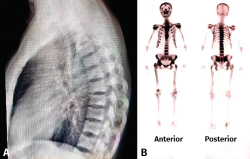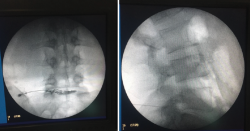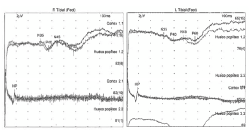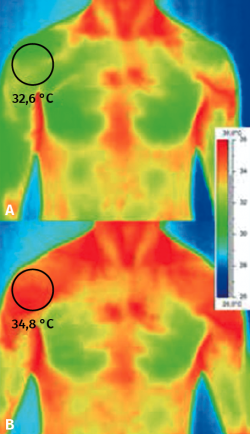Resumen
El dolor lumbar es uno de los síntomas más frecuentes del aparato locomotor y, con mucho, el problema que con mayor frecuencia encontramos en nuestra consulta.
Este dolor lumbar con o sin ciática puede ser provocado por una hernia discal que presione la raíz emergente.
Es conocido por todos que la gran mayoría de los pacientes sintomáticos tendrán una evolución positiva y estarán libres de dolor en más o menos 4 semanas. No obstante, es importante identificar las enfermedades específicas de la espalda y evitar complicaciones derivadas de la falta de diagnóstico y de tratamientos inadecuados.
Actualmente, se dispone de pruebas complementarias muy específicas y de alto coste, aunque deben utilizarse adecuada y proporcionalmente con la intención de llegar a un diagnóstico etiológico y, de esta forma, realizar el tratamiento más adecuado para cada paciente. De cada prueba complementaria es importante conocer la información que puede proporcionarnos, el momento adecuado en el que puede y debe solicitarse, así como la indicación de cada una de ellas.
El principal problema de las pruebas complementarias más utilizadas en el dolor lumbar (la radiografía, la tomografía axial computarizada y la resonancia magnética) es que con frecuencia se identifican alteraciones estructurales en pacientes con dolor lumbar bajo que se encuentran también en pacientes asintomáticos.
En el presente artículo se realiza una revisión bibliográfica mediante una búsqueda sistemática en las guías clínicas internacionales y bases de datos sobre el manejo diagnóstico y terapéutico del dolor lumbar, su diagnóstico a través del triaje y el momento y la utilidad de las pruebas complementarias.
Abstract
Low back pain is one of the most frequent symptoms of the musculoskeletal system and, by far, the problem we most frequently encountered in our practice.
It is known to all that the vast majority of symptomatic patients will have a positive evolution and will be free of pain in about 4 weeks. However, it is important to identify the specific diseases of the back and avoid complications derived from the lack of diagnosis and inadequate treatments.
Currently available, we often use very specific and expensive complementary tests, but they must be used appropriately and proportionally with the intention of reaching an etiological diagnosis and, thus, making the most appropriate treatment for each patient. For each complementary test, it is important to know the information it can provide us, the appropriate time when it can and should be requested, as well as an indication of each of them.
The main problem of the complementary tests most used in low back pain with assiduity (x-ray, computerized axial tomography and magnetic resonance imaging) is that the abnormalities and structural alterations that are frequently identified in patients with low back pain are also found in asymptomatic patients.
In this article, a bibliographic review is carried out through a systematic search in international clinical guidelines and databases on the diagnostic and therapeutic management of low back pain, its diagnosis through triage, and the timing and usefulness of complementary tests.
Artículo
Figuras y tablas
Referencias
Descargas
Licencia
Este contenido es de acceso abierto (Open-Access) y se ha distribuido bajo los términos de la licencia Creative Commons CC BY-NC-ND (Reconocimiento-NoComercial-SinObraDerivada 4.0 Internacional) que permite usar, distribuir y reproducir en cualquier medio siempre que se citen a los autores y no se utilice para fines comerciales ni para hacer obras derivadas.
